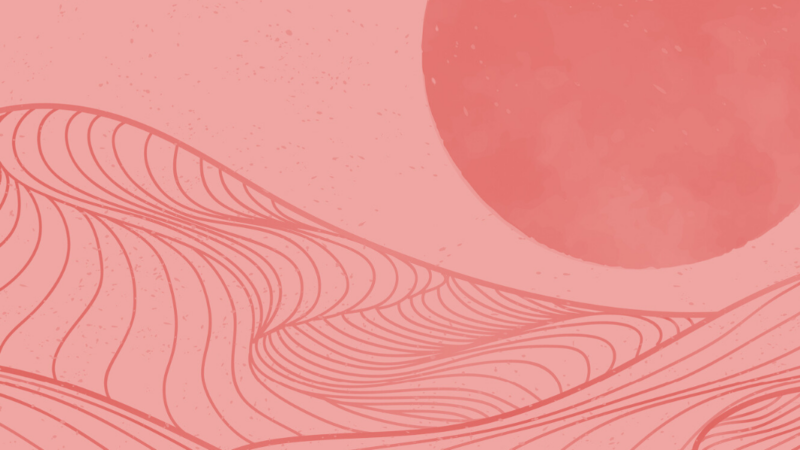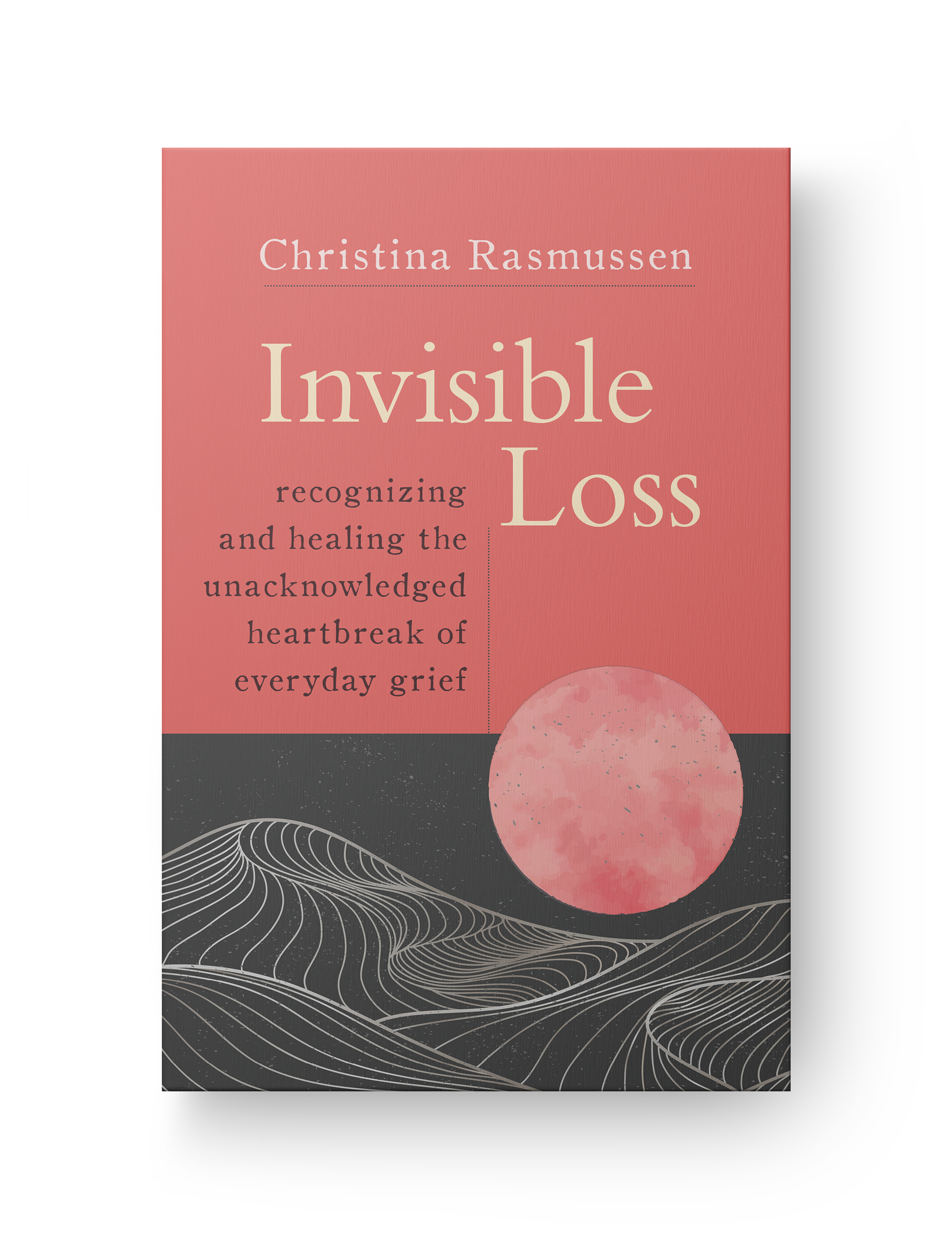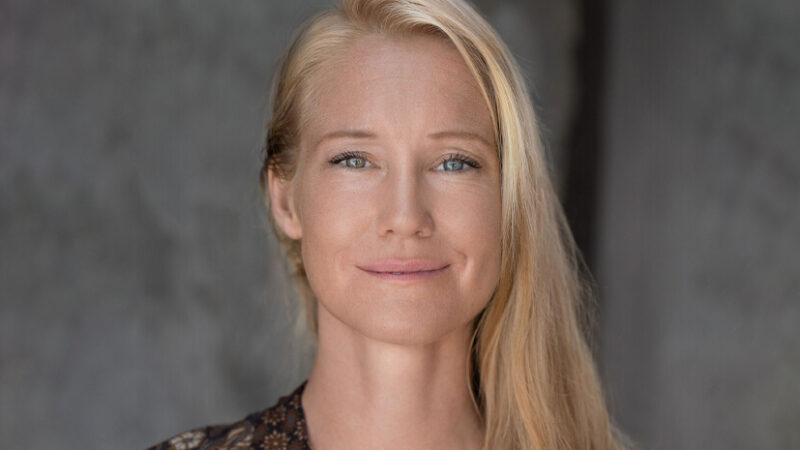For many, shame is one of the most difficult emotions to work with. It is so pervasive in contemporary life, yet it is often hidden underneath layers of more “obvious” sorts of feelings and emotions like rage, sadness, anger, and despair. Sounds True author and dear friend Dr. Rick Hanson, organizer of The Compassionate Brain free online video series, has spent decades studying shame, self-worth, and self-acceptance, as a neuropsychologist and as a psychotherapist working with clients.
Additionally, Rick is the author of a number of audio learning programs, each of which offers simple guided meditations to open you to your true nature – that of a happy, content, aware, alive, and loving human being.
To help you begin to let go of the shame you may be carrying, Rick has put together the following simple, yet very effective guided exercise. We hope that you find it helpful. If you’d like to read more about Rick’s work in the area of shame and self-acceptance, you are welcome to read his article, “From Shame to Self-Worth.”
Guided Exercise – Letting Go of Shame
Imagine that you are sitting beside a powerful river on a beautiful sunny day. You feel safe and contented and strong.
Imagine that sitting with you is a wise and supportive being. Perhaps someone you know personally, perhaps a historical figure, perhaps a guardian angel, etc. Know in your heart that this is a very wise and honest and caring being.
Imagine a small boat tied to the bank of the river, there near you. Imagine an empty and open box in the boat that you can reach easily. Alright.
Now, continuing to be centered in feelings of worth and well-being, bring to mind lightly something you are ashamed of. Represent it, whatever it is, as a small object on the ground in front of you.
Imagine that the being is telling you, or that you are telling the being, some of the many causes and conditions that led to that thing you are ashamed of. You don’t need the whole story; often a few seconds in your imagination can summarize the heart of the matter.
With that summary of the causes of the shame, see if you can feel a letting go inside.
If you like, in your imagination, bow to the object representing the shame: it exists, it is what it is.
Then put the object in the box, and let it go as much as you can.
Now bring to mind, lightly, something else you are ashamed of. Represent it, whatever it is, as a small object on the ground in front of you.
I’ll be repeating the instructions, and feel free to go at your own pace, slowing down to dwell on certain parts, or speeding up to get through them to additional things you’d like to put in the boat.
[Repeat as many times as you like.]








